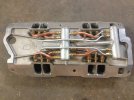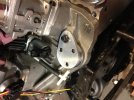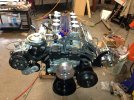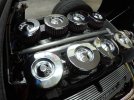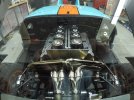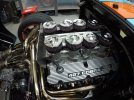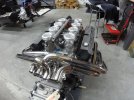Randy Folsom
Supporter
I have a 302/363 from Prestige Motors that is going into an RCR40 (GT40 replica). It currently has a 750 CFM Quick Fuel carb. I would really like to have an eight stack. I am hoping for guidance. The car will be used on the street and maybe track days once or twice a year.
I have heard that Speedmasters are available from some sources where they fix all the issues and pre-tune the system and as such work fairly well at about half the cost of Borlas.
The engine dynoed at 533 HP which is way more than I need so if I had to give up a few ponies to make an eight stack streetable, that would be fine.
 www.prestigemoto.com
www.prestigemoto.com
I have heard that Speedmasters are available from some sources where they fix all the issues and pre-tune the system and as such work fairly well at about half the cost of Borlas.
The engine dynoed at 533 HP which is way more than I need so if I had to give up a few ponies to make an eight stack streetable, that would be fine.
363 Ford Small Block Stroker Crate Engine: F363-SS-C2
Find all the details on our Ford Small Block F363-SS-C2 engine here. Prestige Motorsports in Concord, NC.


